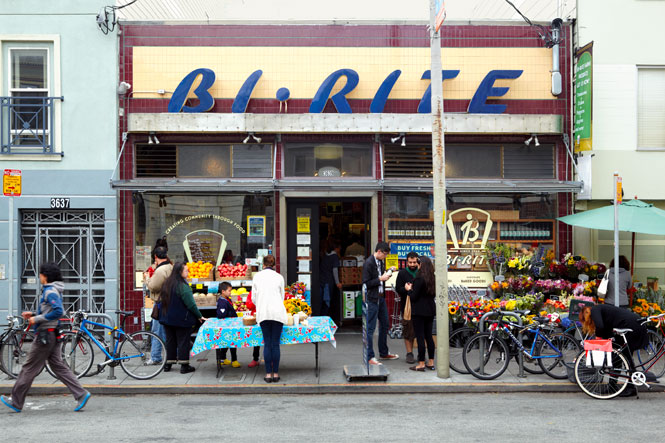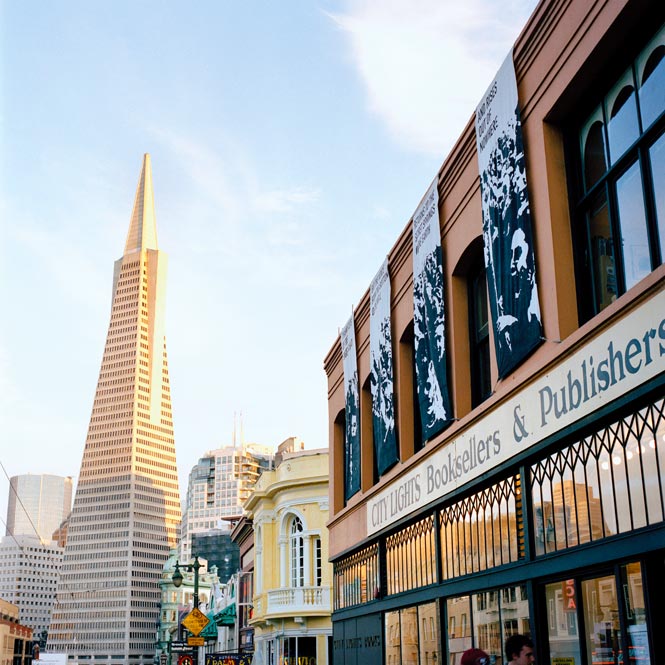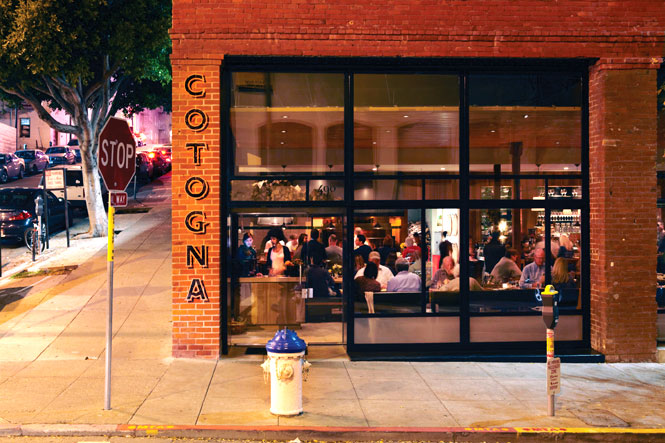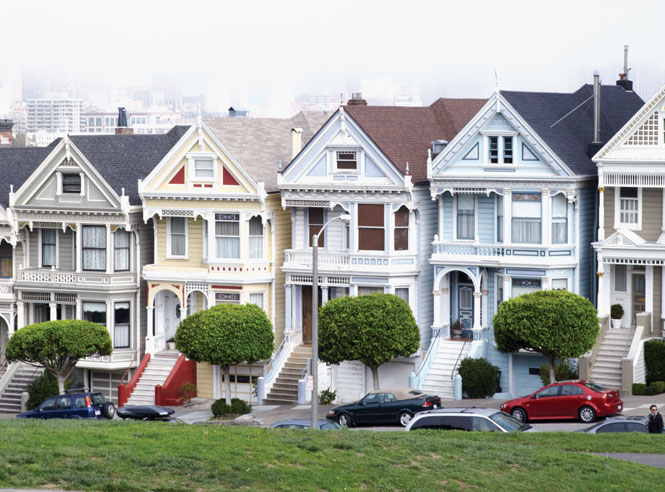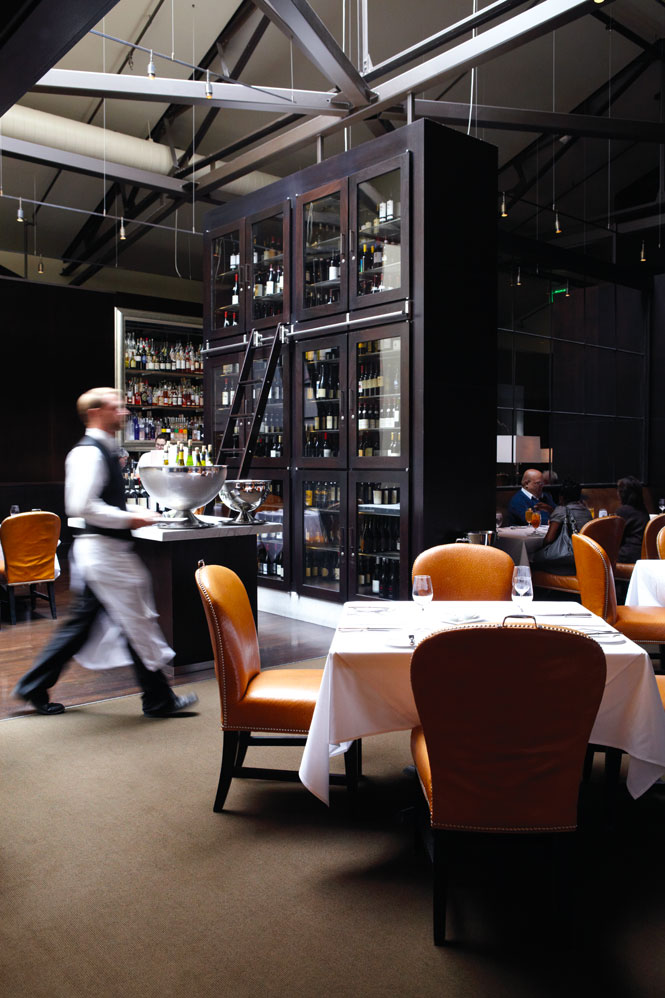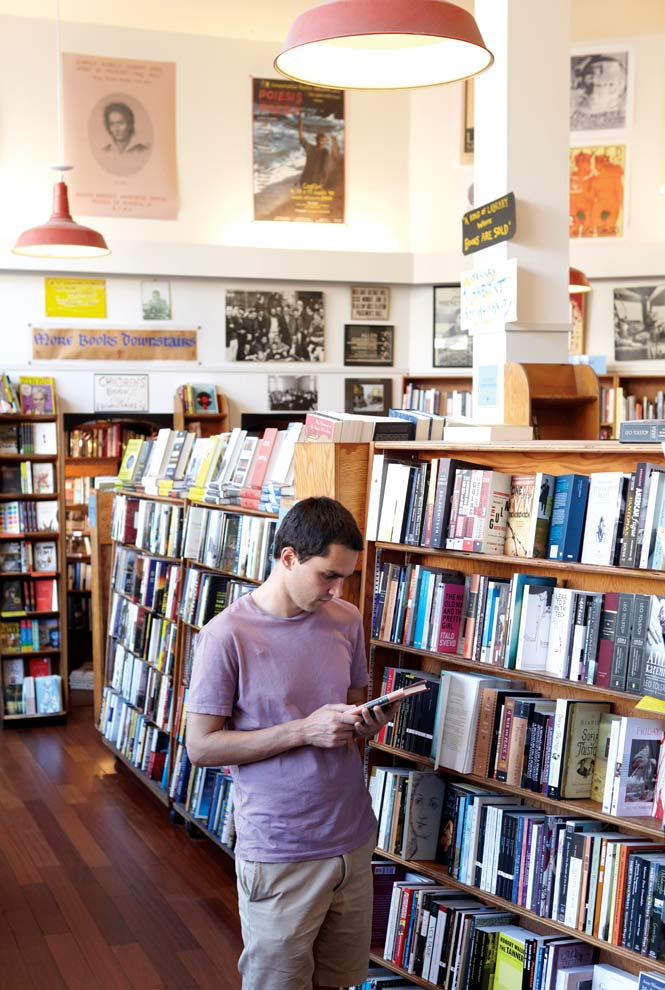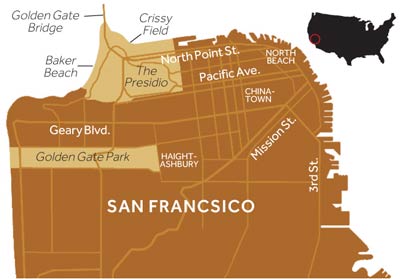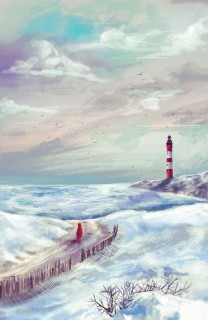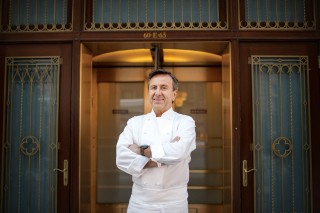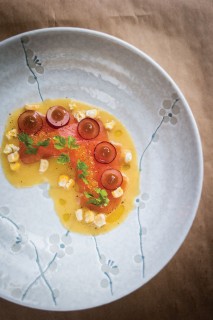Such has been San Francisco’s allure since 1849, when the California Gold Rush kicked in to high gear. What was then a tiny Hispanic settlement called Yerba Buena was quickly overwhelmed by a tide of gringo prospectors—the so-called “forty-niners”—hoping to strike it rich. The people who really made a killing were the boomtown’s saloon and dance hall owners, cathouse madams, and hoteliers, who took the gold off the miners just about as fast as they could pan it. The notorious Barbary Coast entertainment district was synonymous with everything that was sinful and corrupt in those days, a Jezebel city so out of control that vigilante groups were formed to wrest it back from the brink of chaos.
Fast-forward to the 1960s, and San Francisco was living on the edge again. Only this time, the draw was Flower Power rather than gold dust. San Francisco was ground zero for America’s counterculture revolution, a wellspring of art, fashion, alternative lifestyles, liberal politics, and music—especially music. No other city on the planet (with the possible exception of 1960s London) has ever known such an outpouring of song. Jefferson Airplane, Creedence Clearwater Revival, Santana, Grateful Dead, and dozens more all got their start here. The Haight neighborhood was their crash pad, and promoter Bill Graham’s Fillmore West was the place where they strutted their stuff on stage.
San Francisco embarked on another era in the late 1970s and ’80s, when much of the creative energy generated during the psychedelic ’60s got channeled not into bliss but into binary code. The Internet may have been invented elsewhere, but it was honed in the towns south of San Francisco—an area that would come to be known as Silicon Valley. Computer whizzes such as Larry Ellison, Steve Wozniak, and the late Steve Jobs cut their teeth in local garages and classrooms, and the results of their labors are the industrial giants of the modern age—Apple, Oracle, Google, eBay, Intel, and dozens more—proving along the way that it’s hip to be square.
Shoehorned into the northern end of a hilly peninsula, San Francisco is just 11 kilometers square, making it one of the most walkable cities in the United States. Still, my fondness for riding streetcars, undiminished after dozens of visits, leads me to a small downtown hotel off Union Square. After checking in, I meet an old friend for drinks in the ground-floor bar. Like me, Don had managed to make a living stringing words together. But he had never left San Francisco, toughing through his own down-and-out years to earn an editorship at the San Francisco Chronicle and repute as an independent book editor.
“The city has definitely gone through iterations,” he tells me. “I’ve lived through several San Franciscos. But its fundamental character hasn’t changed hugely.” One of those was the San Francisco of the Nasdaq nineties, which saw the Bay Area living fast and large on the dot-com boom and skyrocketing Internet stocks. Then came the bust years of the oughties, which brought the city—and its smug sense of entitlement—crashing back down to earth.

